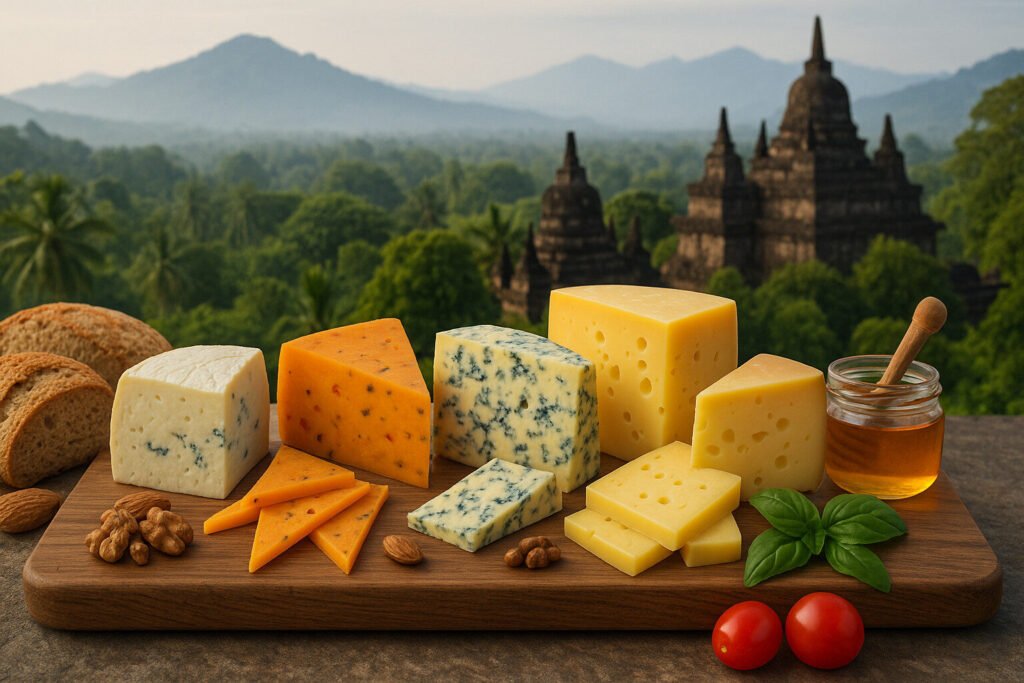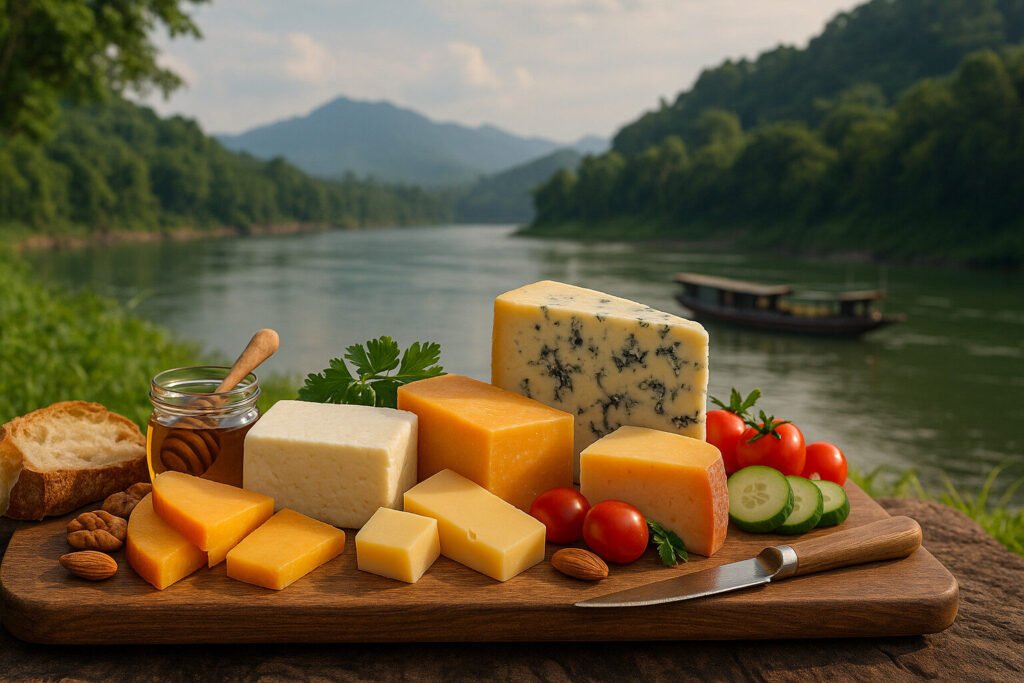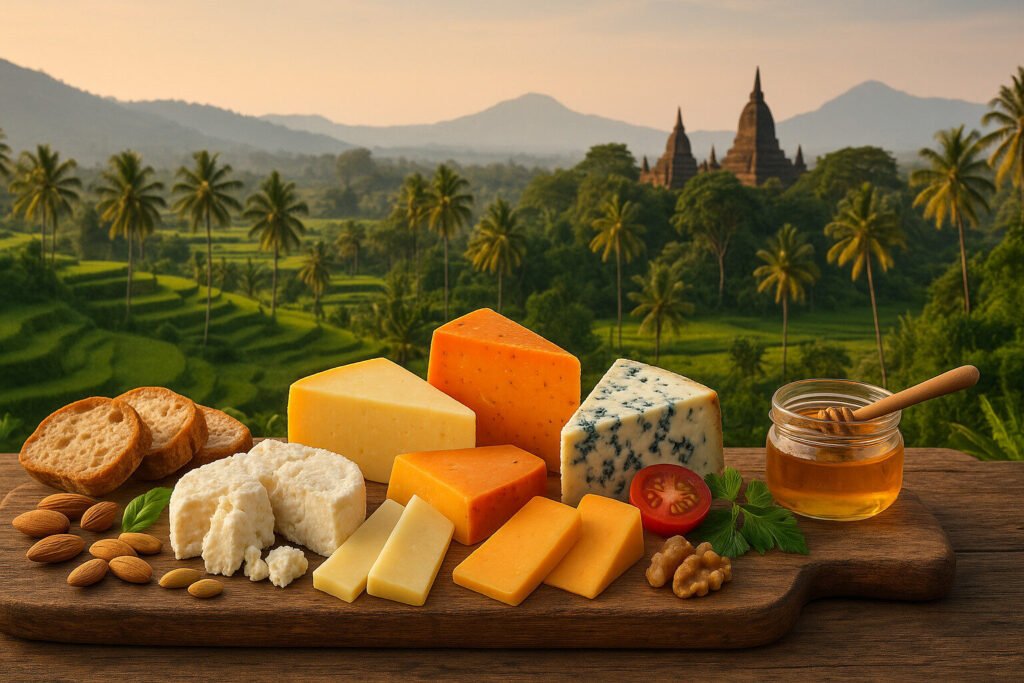Cheese Of Vietnam
Definition and Scope
Vietnam’s cheese landscape is a nascent but rapidly developing sector within the global dairy industry. It primarily focuses on adapting Western cheese styles and developing unique local varieties using available milk sources. The scope includes fresh cheeses, processed blocks, and artisanal experiments that cater to both domestic and growing tourist markets.
This category is defined by its use of milk from local dairy cows and, in some cases, buffalo milk. The production scale ranges from small-scale farmstead operations to larger industrial manufacturers. The definition is evolving as Vietnamese cheesemakers gain experience and refine their techniques.
Production Techniques
Cheese production in Vietnam often begins with pasteurized milk due to the tropical climate and food safety standards. Many producers utilize direct acidification or microbial rennet for coagulation, favoring quicker-ripening or fresh cheese styles. Temperature and humidity control are critical challenges that influence the entire production cycle.
Techniques are frequently adapted from French, Dutch, and other European traditions to suit local conditions. This includes modifications to aging processes, often requiring specialized refrigeration or shorter maturation periods. The focus is on creating stable products that can withstand the distribution chain in a warm environment.
Sensory Profile
Vietnamese cheeses often exhibit mild, milky, and slightly salty flavor profiles, making them approachable for the local palate. The textures tend to be soft and moist, as seen in fresh varieties like a local adaptation of mozzarella or feta. These sensory characteristics are a direct result of the fresh milk quality and the prevalent production methods.
Some artisanal producers are developing cheeses with more complex, tangy, or herb-infused notes. The high butterfat content of the milk can contribute to a rich mouthfeel, even in younger cheeses. The overall profile is generally less intense and pungent compared to many long-aged European counterparts.
Uses and Applications
Cheese in Vietnam is most commonly used as a topping or filling in Western-style dishes found in urban restaurants and cafes. It is a key ingredient in pizzas, baked pasta, and burgers that cater to the growing international food scene. Processed cheese is also widely used in sandwiches and as a convenient snack.
Local culinary applications are emerging, such as incorporating cheese into bánh mì sandwiches or using it as a filling in savory pastries. Its primary application remains within the hospitality industry and among expatriate communities. The use is functional, often providing a creamy texture and salty accent to various dishes.
Regional Examples
Dairy farms in the Dalat region, with its cooler highland climate, are central to Vietnam’s cheese production. Here, small fromageries produce fresh cheeses like a local cream cheese and a simple, mild white cheese. These products are often sold directly to hotels and specialty stores in major cities.
The Ba Vì area near Hanoi is another notable region, with farms supplying milk for larger-scale cheese manufacturing. Some ventures, like those in Mộc Châu, are experimenting with producing their own branded cheeses. These regional efforts are establishing the foundational identity of Vietnamese cheese on the world stage.



